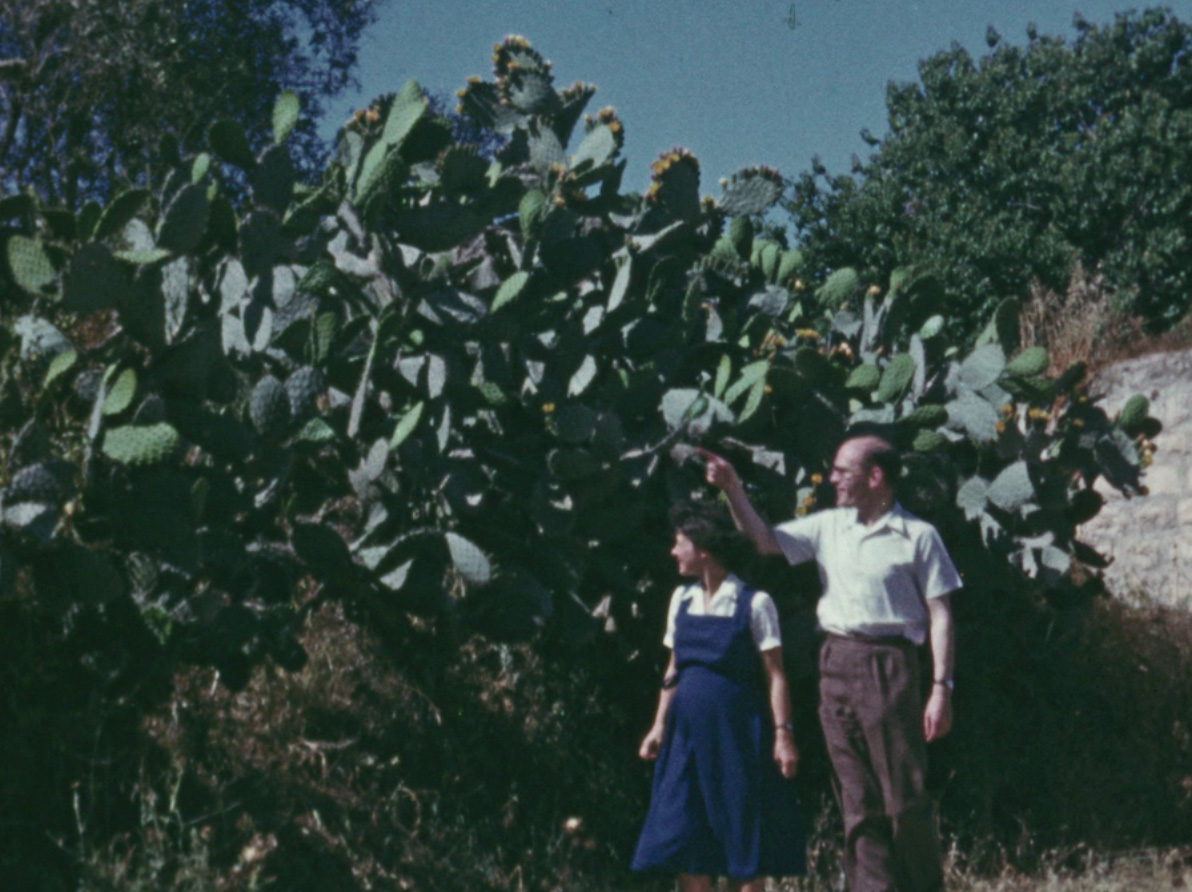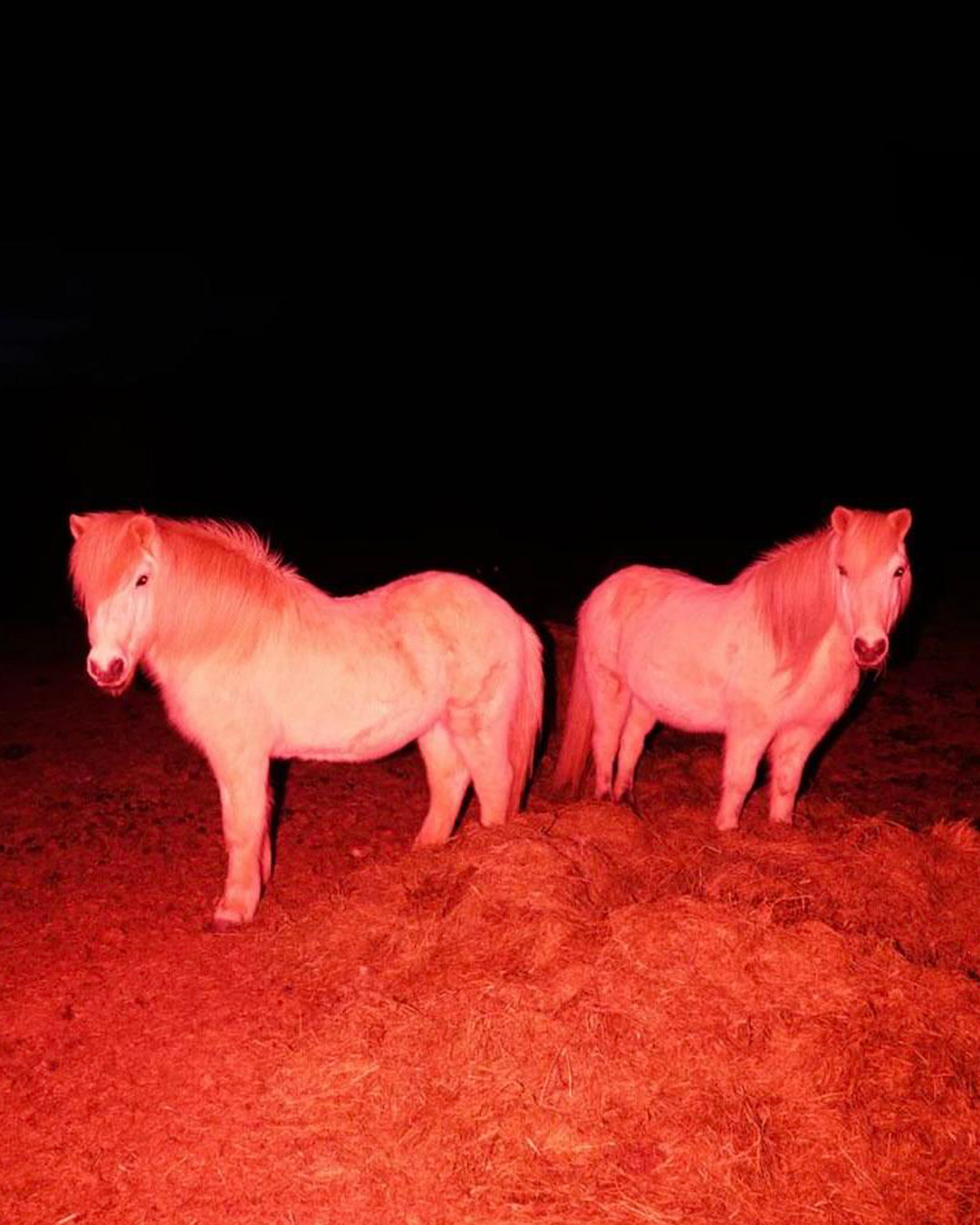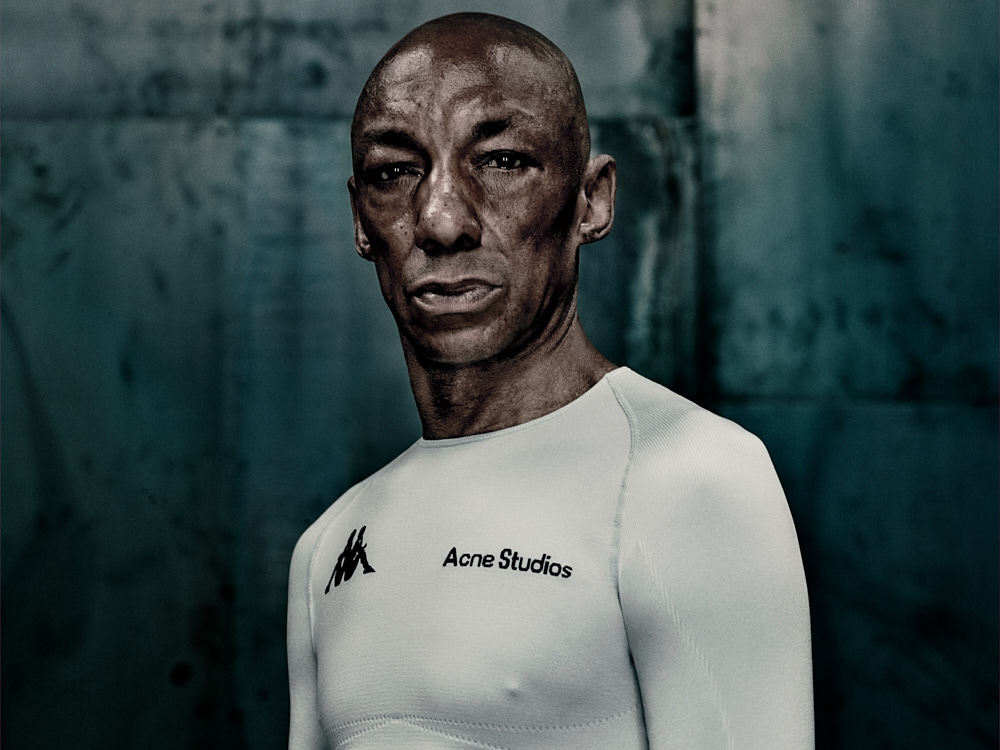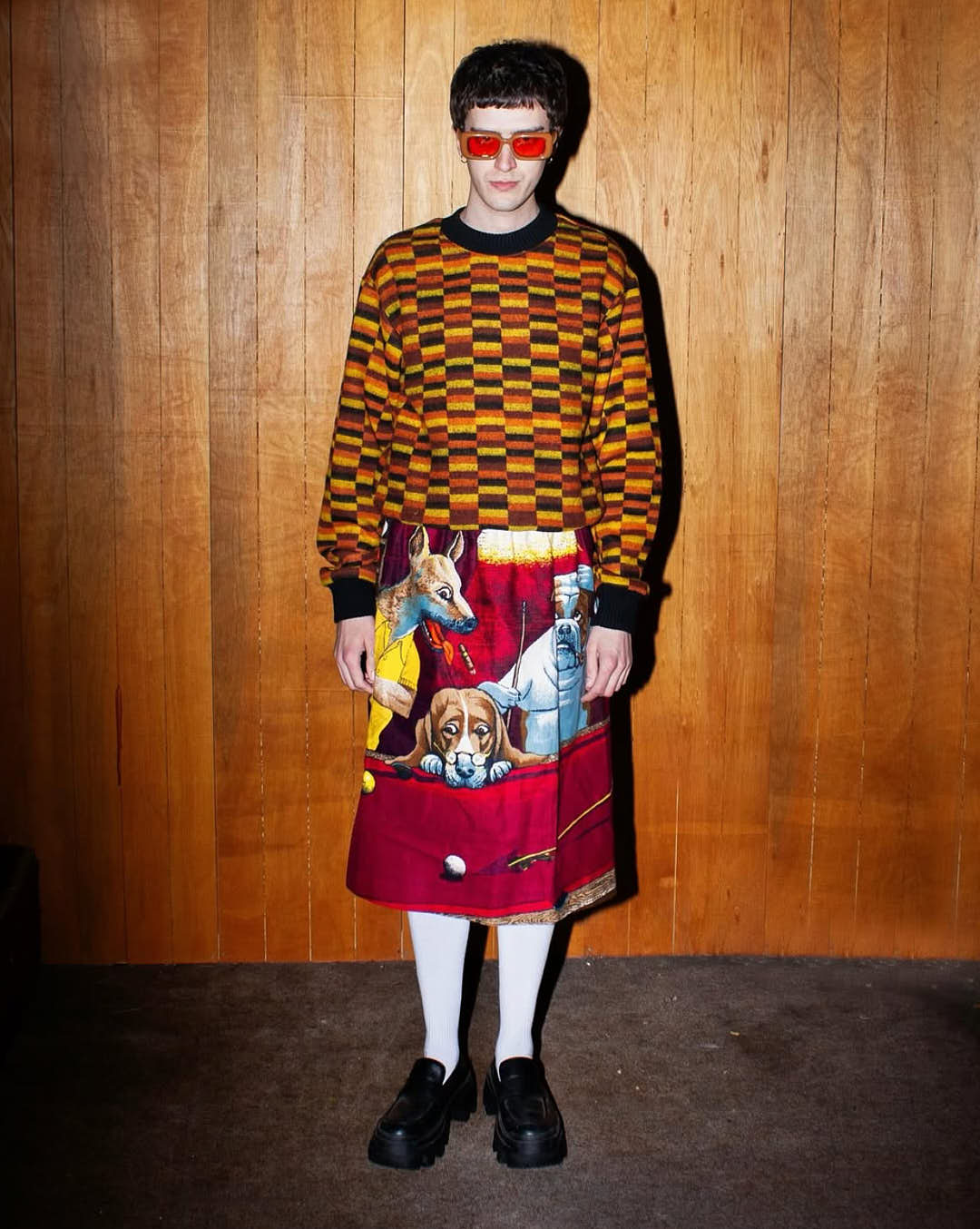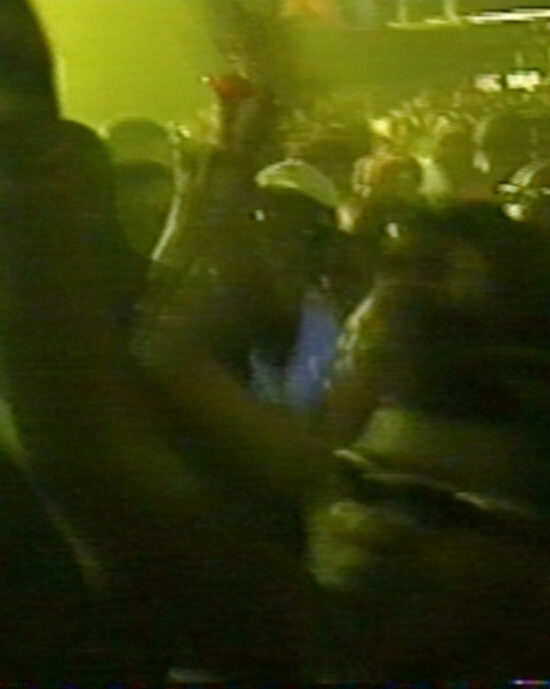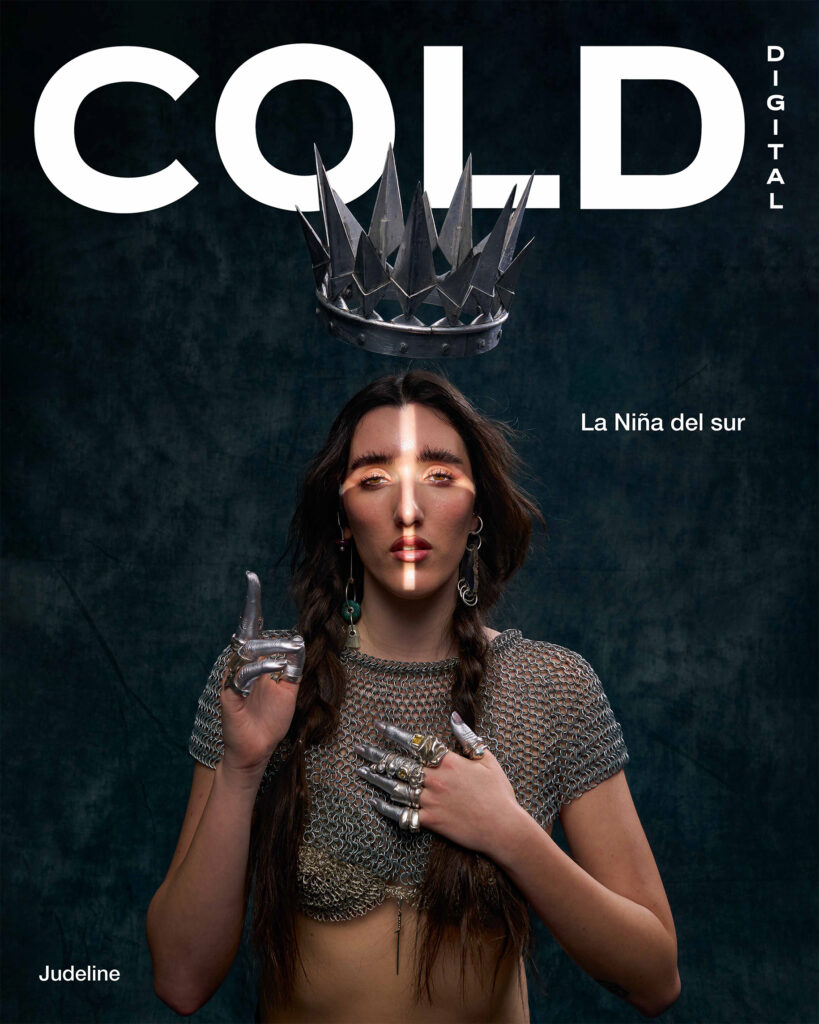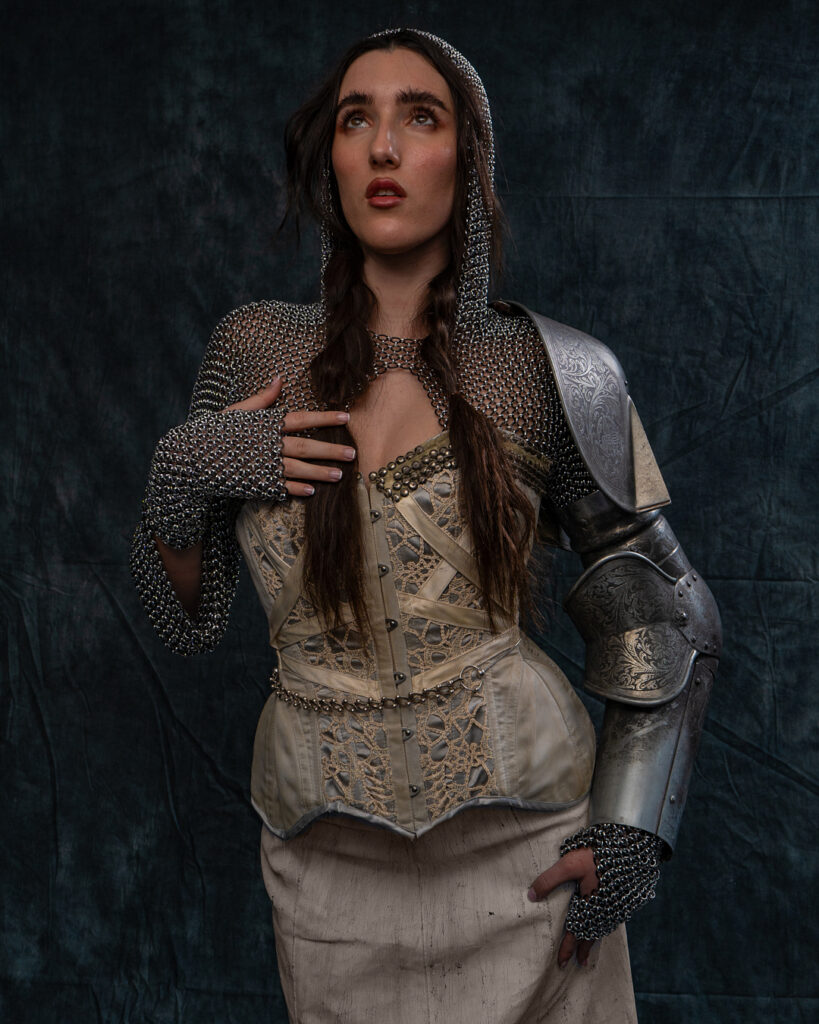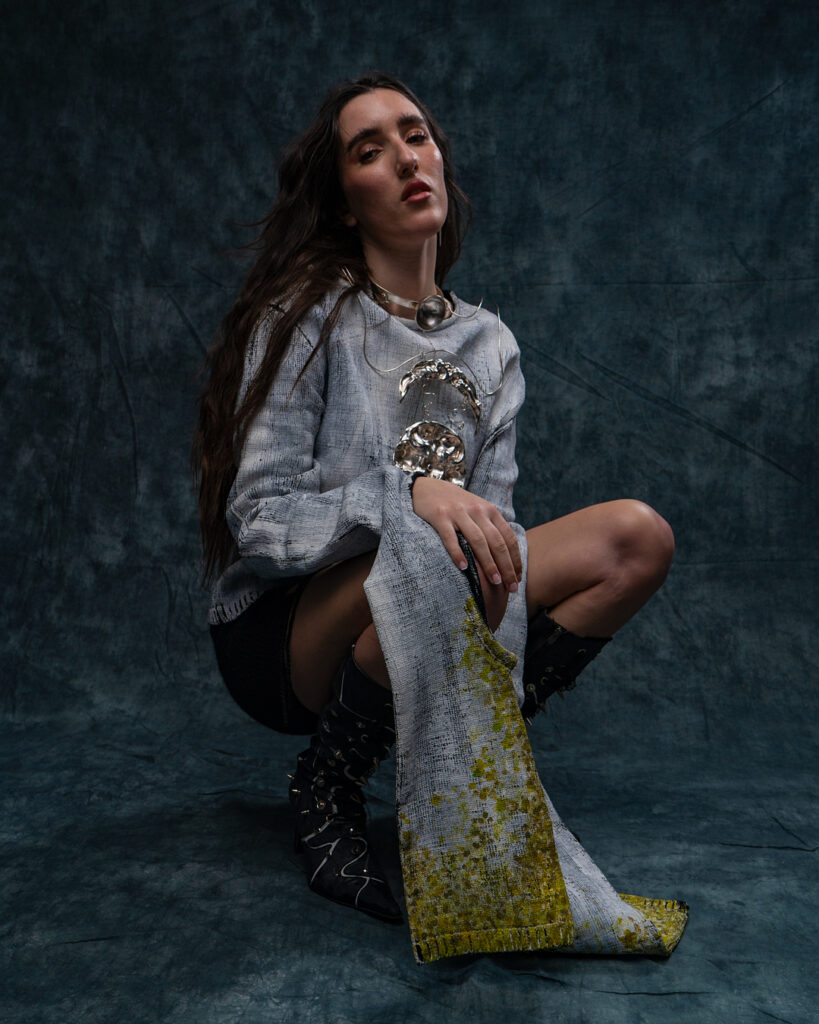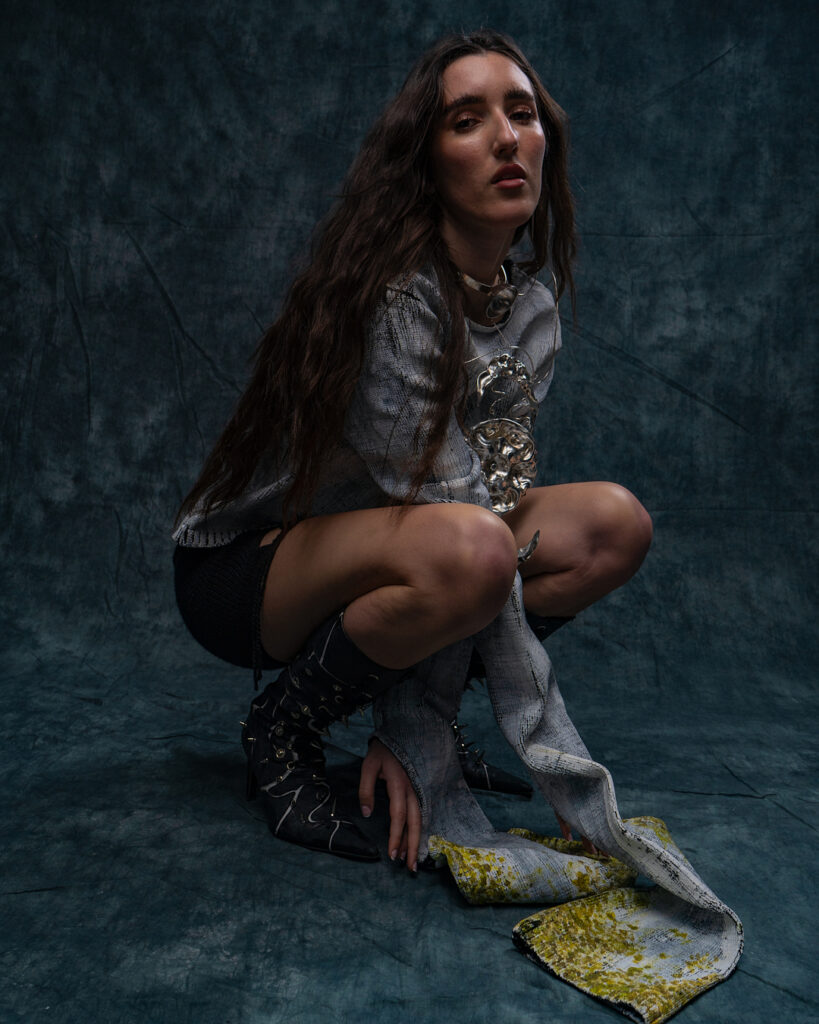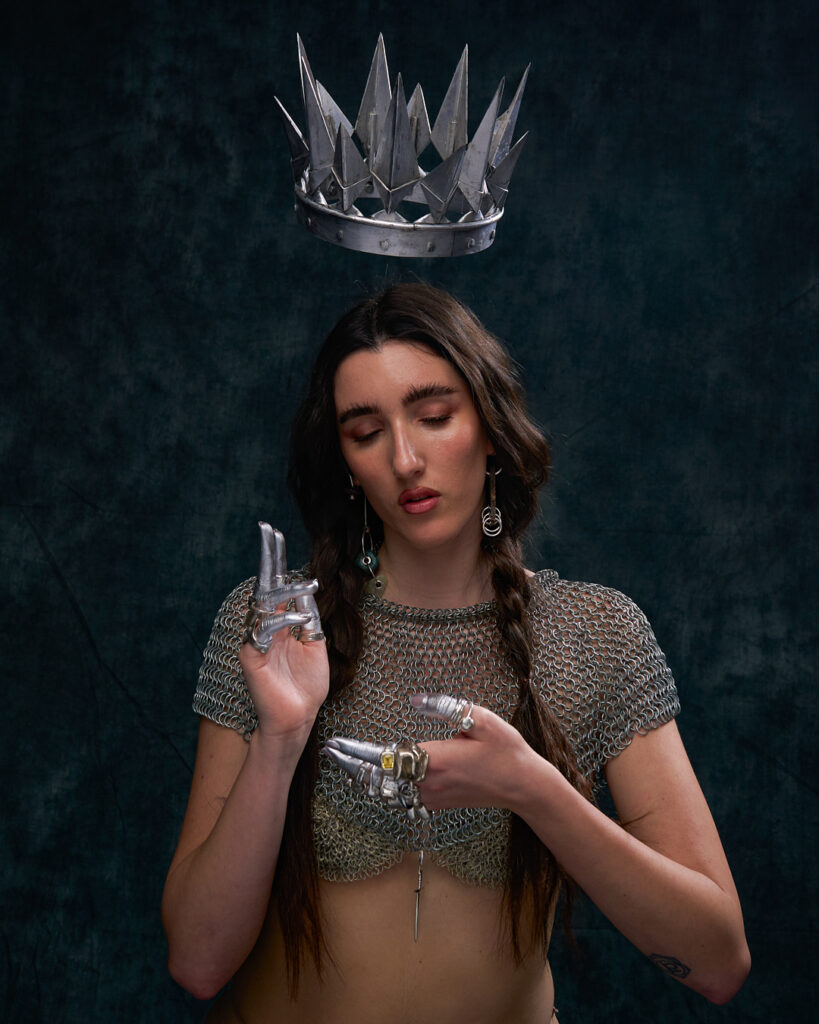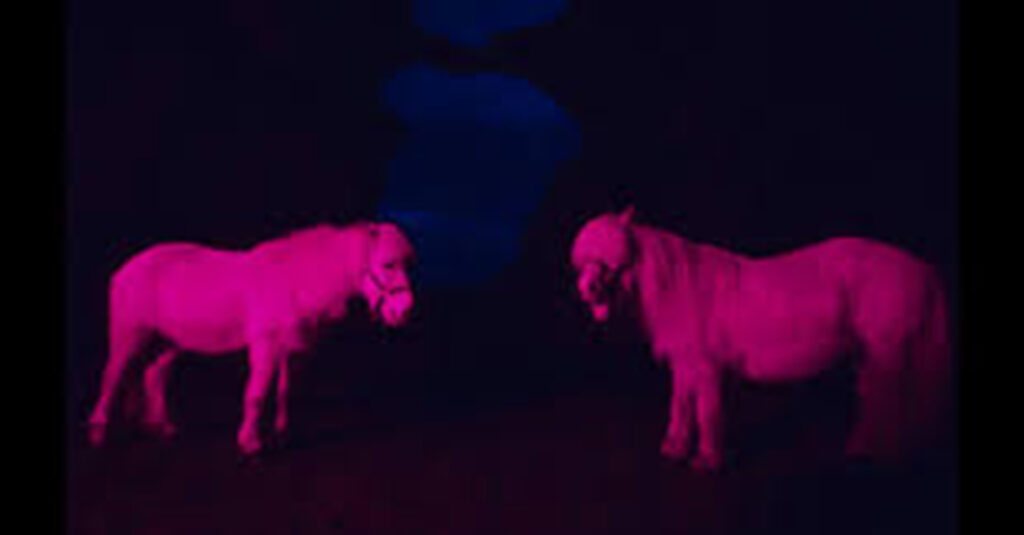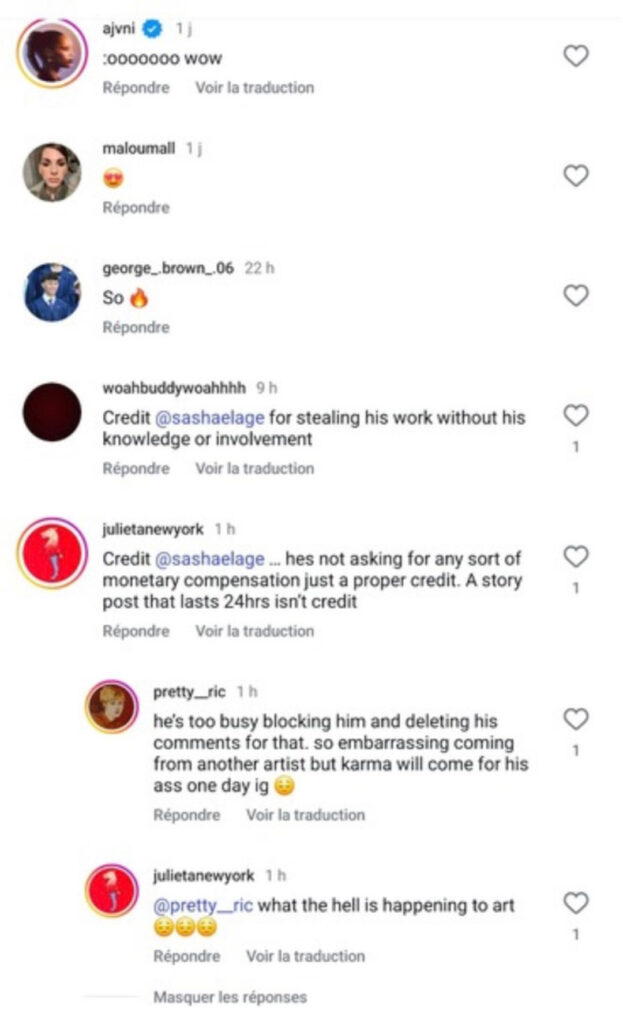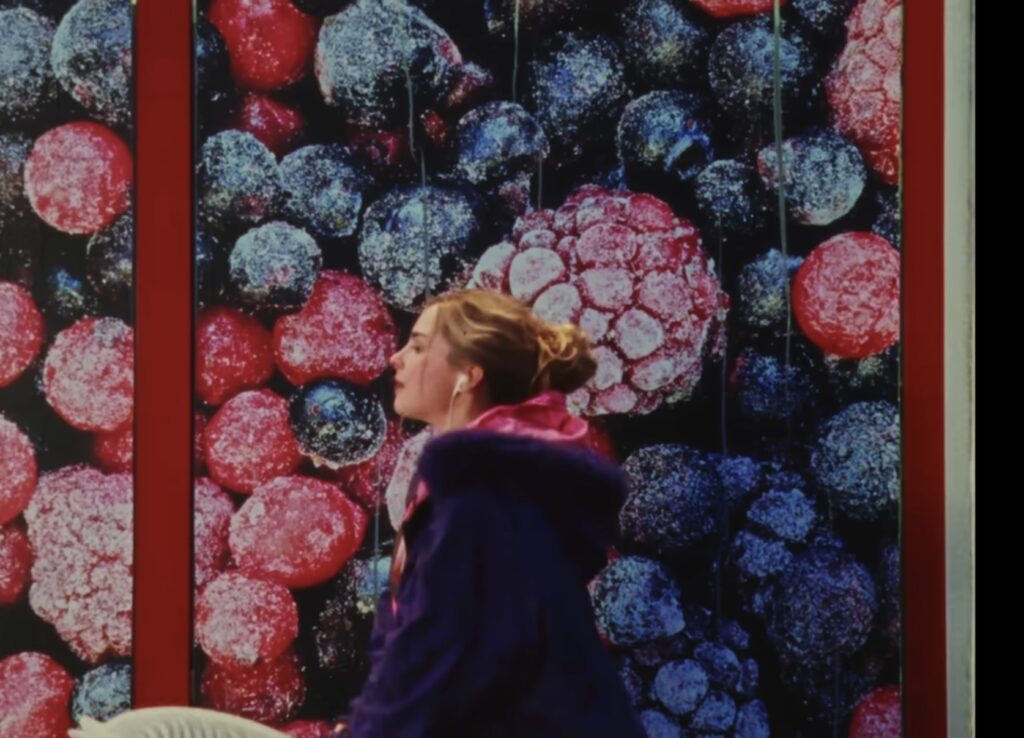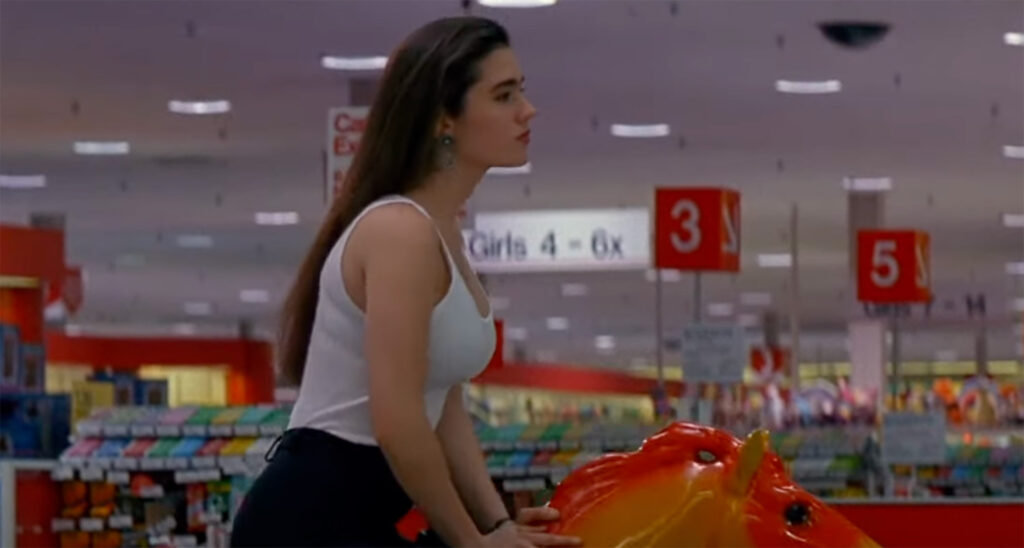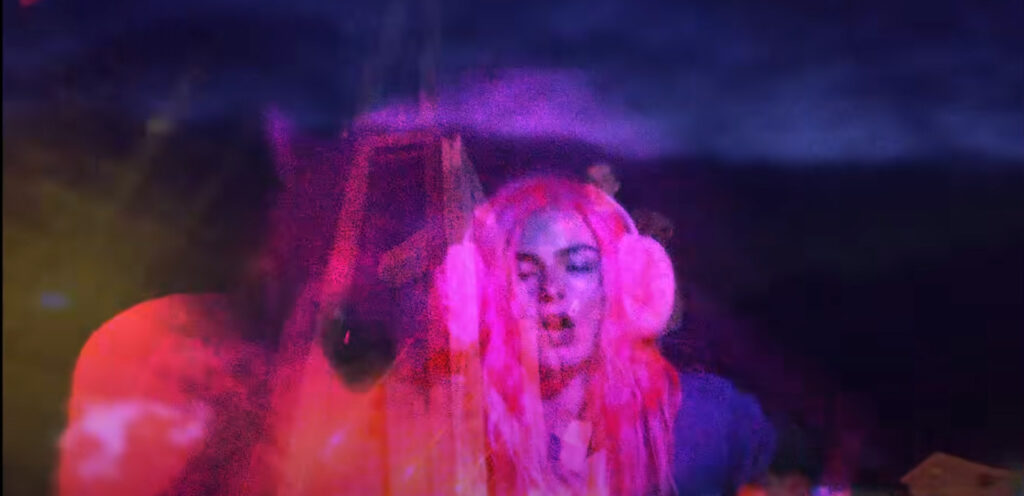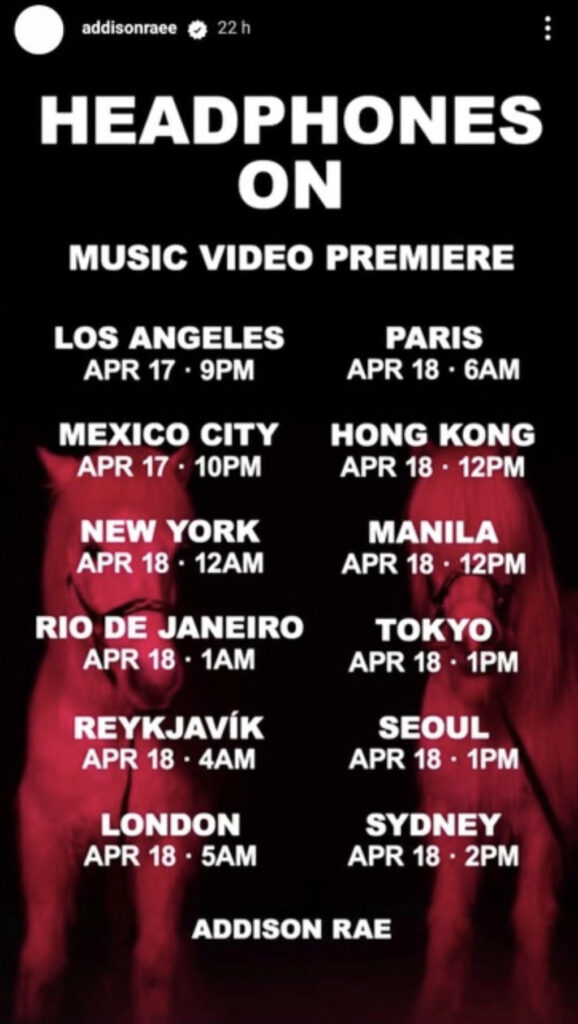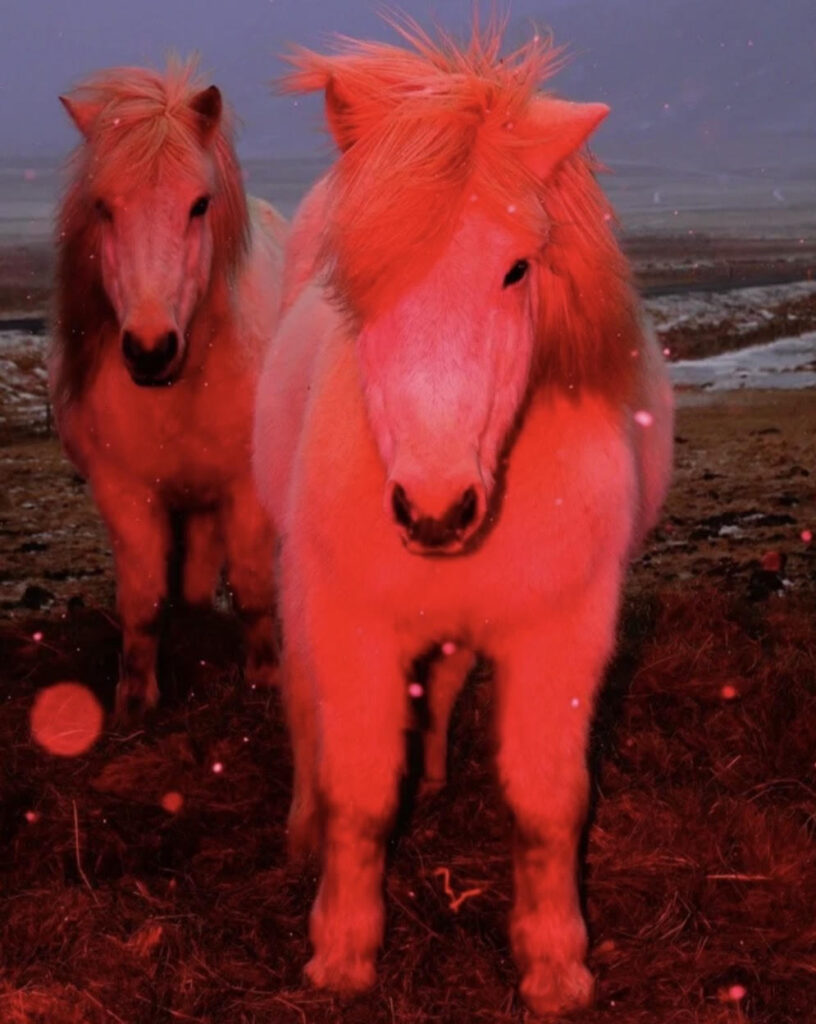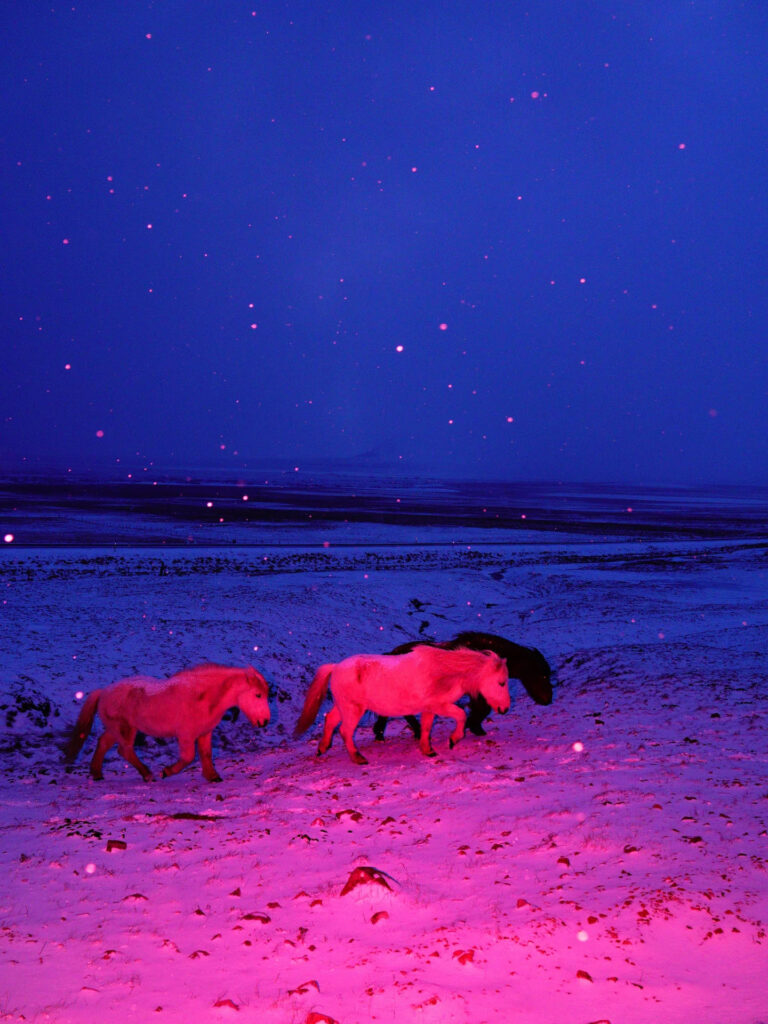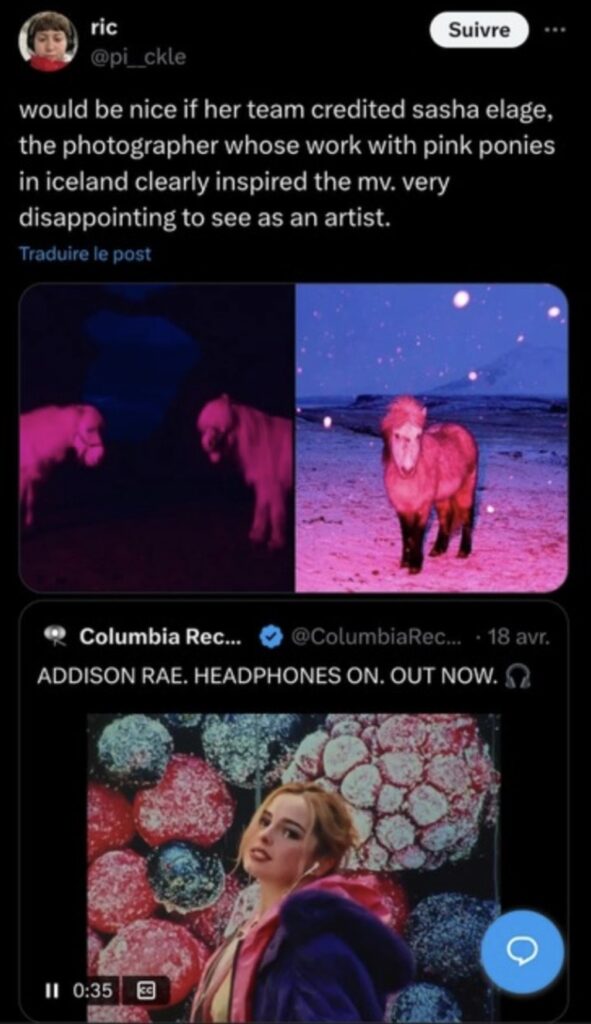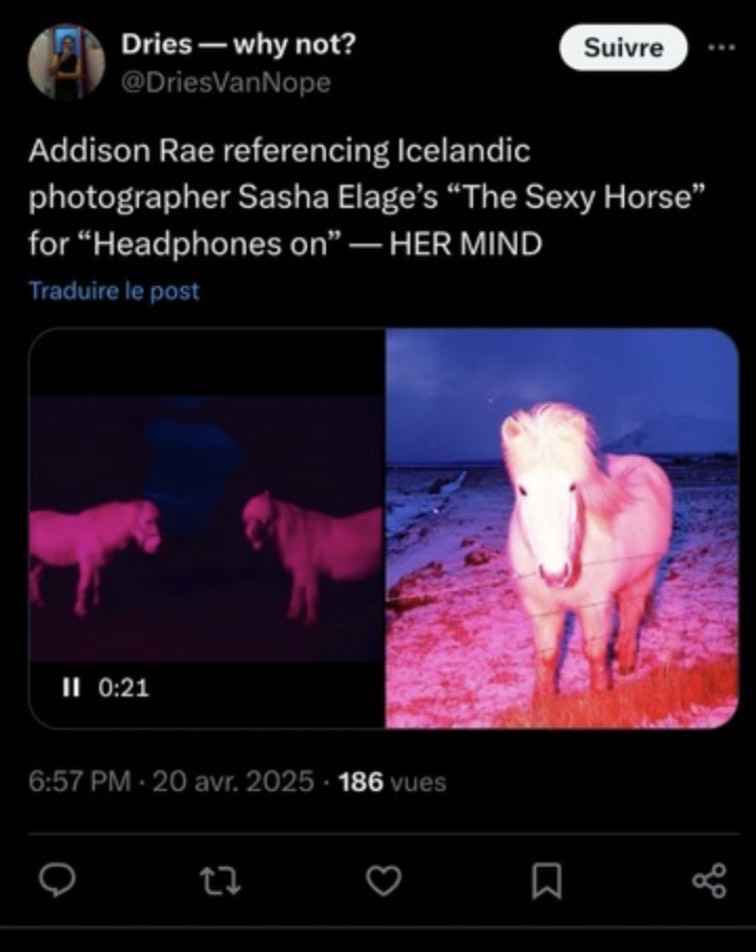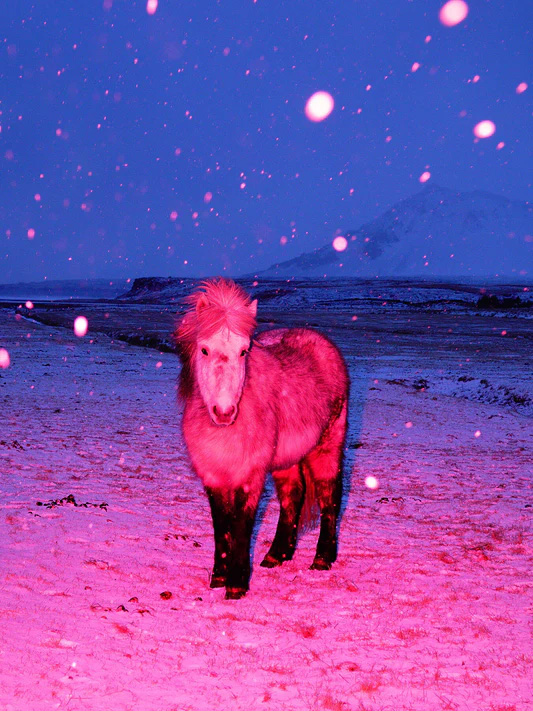
VOXMEDIA
CM: How would you describe your identity as a designer in a few words?
A Wearable and theatrical, somewhere between ready-to-wear and hoping for couture, artisanal, romantic, distant , sexy fantasy?
CM: What inspired you to become a designer and start creating fashion?
I was eight when Alexander McQueen died. I didn’t know who he was back then,I was too young,but it didn’t take long before I stumbled upon his story. And something inside me changed forever. I also remember another moment, at my grandmother’s house, no signal there, ever. Suddenly, a live notification appeared on my phone: a Versace show. It was the 2018 tribute to Gianni. I watched it all the way through, uninterrupted. I took it as a angel sign.
CM: What concept or message drives your work?
I’m obsessed with the idea of using clothes as a way to claim the space we need in the world, to speak through them. I like to think of garments as the very first space we inhabit, and how deeply that matters in everyday life. My concepts are always very personal, but I avoid getting trapped in self-referential storytelling. I aim to communicate through accessible, universal narratives, because, beyond being a designer, I see myself as a storyteller. I believe it’s selfish to live in your own world without inviting others in.
CM: Where do you draw inspiration for your collections?
From almost everywhere. I still keep all the sketches I made as a child, hoping that younger version of me might inspire something one day. Recently I’ve been using digital tools more, it helps me visualize things clearly. But nothing compares to sketching by hand like a maniac late at night.
CM: Is there a personal story behind your journey as a designer?
As a kid, I often felt ashamed of the things I loved. For a while, I even considered studying law. It took me time to accept that this would be my path. I come from a small town in Sicily, where it wasn’t easy to find my place in the world. But I luckily grew up in a little universe made of extraordinary women who protected and nurtured my creativity. That’s what saved me. My mother is my whole team, she helps me sew, and I trust her taste completely. Nothing makes me happier than starting all of this together with her. Right now, that’s my greatest reward.

CM: What is your approach to design? Do you start from an image, a fabric, a feeling…?
It might sound unusual, but I imagine wearing the pieces first, feeling the weight of the fabric, pretending I already own them. If the feeling is right, then it’s the right design. If I would wear it, it means it’s authentic. I use myself as my first benchmark.
CM: How do you select the materials or techniques you work with?
For most of my projects, especially my thesis, I sourced materials locally in Sicily. I went through wardrobes and attics looking for blankets, pillowcases, and curtains. It’s common here for families to have fabric archives, not to mention traditional trousseaus. I’ve even worked with raw materials, like sheep’s wool, the kind we use to stuff mattresses. Today, one of my grandmother’s pillows has become a hand-embroidered twin set. I love working with local artisans and learning from them. I recently learned how to hand spin wool with an antique spindle.
CM: Is there a particular piece or collection you feel especially connected to? Why?
The Shadow Play Dress. I designed it for my graduation collection. My mother was with me in Milan. We didn’t have enough fabric for the skirt, so I used the bedsheets I’d been sleeping in. We made the prototype overnight. It’s my favorite piece: total white, open-back, a large pleated skirt only in the front. Inside the structure, small embroidered horses appear only when backlit. That’s why it’s called The Shadow Play.
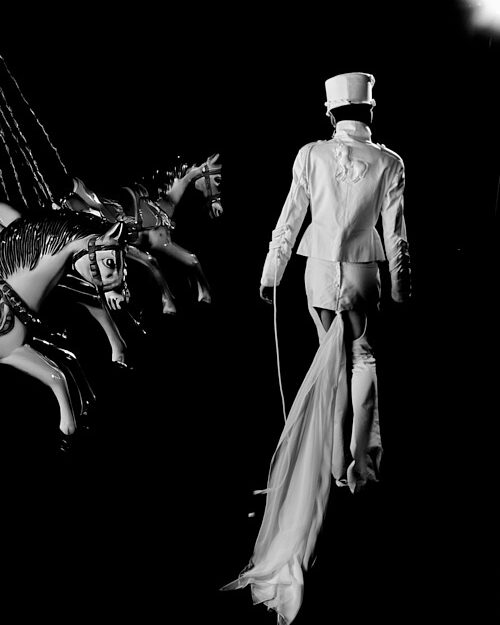
CM: What are the core values that guide you as a designer (e.g., sustainability, craftsmanship, inclusivity)?
I’m still very much in love with the idea of handmade things, and of finding special ways to create what I need. If I imagine a buckle or a pendant, I’m more likely to model it in ceramic or transform something I found at the market than buy it new. I like using every skill I have, sculpture, painting, anything that adds value to my work, and allows me to say, “I made this!.” As for inclusivity: I distance myself from today’s fashion hypocrisy. Body positivity lasted a blink, and male bodies were never, never truly embraced! But I see the progress, and I hope one day to help change that, together with others from my generation.
CM: How do you relate to the concept of ethical or sustainable fashion?
As I mentioned, it all starts with recycling. My studio is my living room. My assistants are my mother and aunt. Right now, it’s easy to make the right choices. I just hope it’ll stay that way if things grow.
CM: Who do you envision wearing your creations? What does your ideal community look like?
People who live consciously, think responsibly, that move through life with purpose and presence.
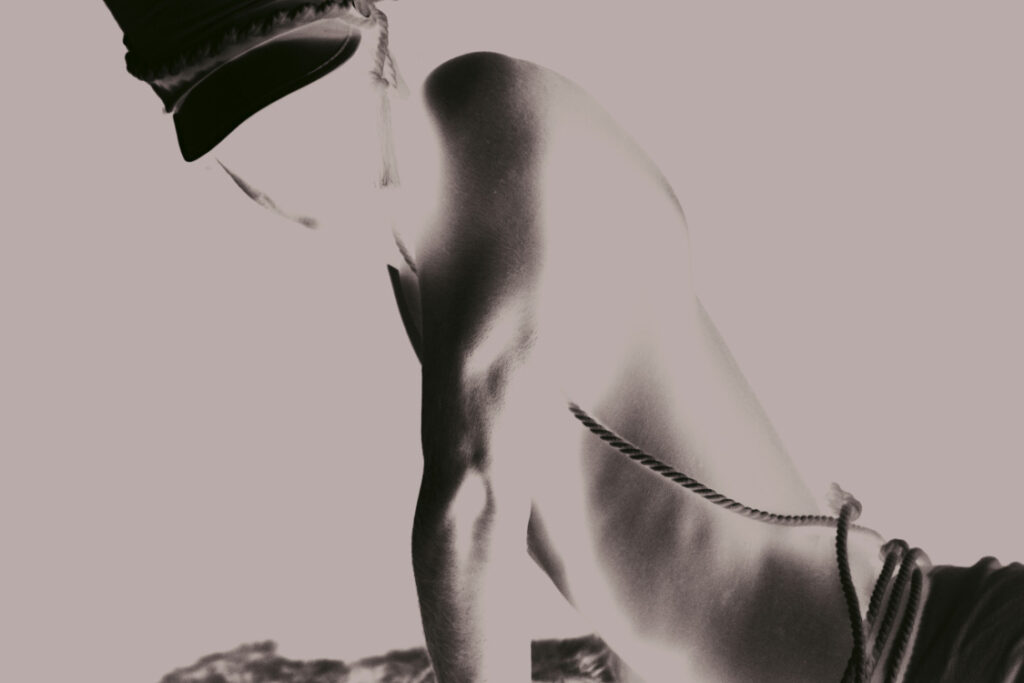
CM: What has been the biggest challenge in your journey as a designer so far?
Staying coherent between the concept and the actual clothes. I chose to talk about dreams and the night, about how we change when darkness comes and the surreal starts to speak. But it’s hard to find clear visual coordinates for something so intangible. Also, finding a balance between sensuality and breaking away from traditional femininity, that was a real challenge. I often struggle with the pressure to outdo myself. But most of the time, it’s worth it. CM: What does it mean to you to be “emerging” in today’s fashion world?
It’s intimidating, especially in such an unstable, oversaturated landscape. There’s too little space and too much noise. Digital tools are incredibly powerful, but they blur the lines between trends and genuine quality. As a young designer, staying focused and honest, and taking your time, feels like swimming upstream. It always feels like you’re late here.
CM: What is your long-term dream or goal as a designer?
I’m still that kid dreaming of giving his name to what he creates. But before that, I want to keep learning, and the idea of growing under someone else’s guidance excites me. In the meantime, I take care of my own project. I nurture my little creative world, hoping it will grow.
CM: Is there a mentor, figure, or brand that has deeply inspired you?
ALEXANDER MCQUEEN!!!
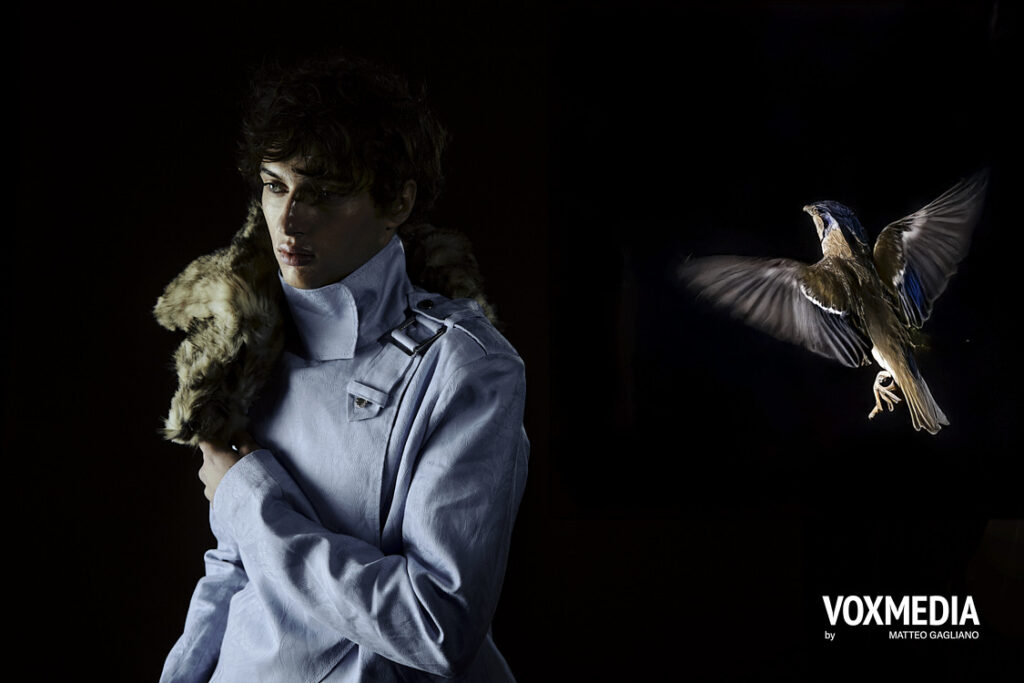
CM: How do you envision the future of independent fashion in the coming years?
I’m genuinely optimistic. The world is hungry for new perspectives. I’ve learned how unexpectedly easy it can be to be seen, and how thrilling it is to work with other creatives, Stylists and photographers play a key role. I’m grateful for the support I’ve received from my generation. Seeing your work come alive through real collaboration, that’s the point.
CM: What role do you think fashion plays today in storytelling or activism?
I still believe fashion is a witness of our time, a pioneer of change, a tool for breaking down walls between people. Sometimes I just wonder myself how much of what we see is truly authentic, and whether the industry has the right to speak on certain topics. Isn’t the core purpose of fashion and art in general,to uplift and help us dream? That’s why I find the recent lack of storytelling in fashion weeks so disappointing. Not to mention the endless role changes that drain energy and credibility from the system and our desire to be part of it. We know how it works, but it’s still mortifying.
CM: Are there any upcoming projects or collaborations you’re currently working on?
Yes! A small capsule collection launching in September!
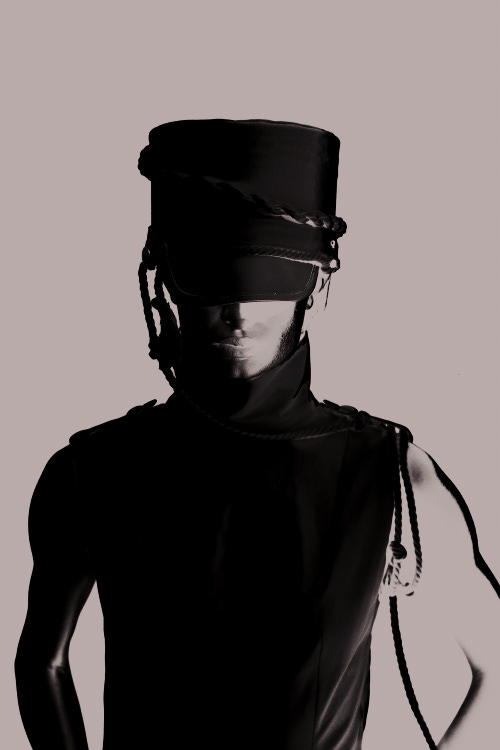
CREDITS:
Shot by: Chiara Gianforte
Models: Mathias Soum ( Guys Mgmt), Eleonora Mallus ( Fabbrica Milano).

